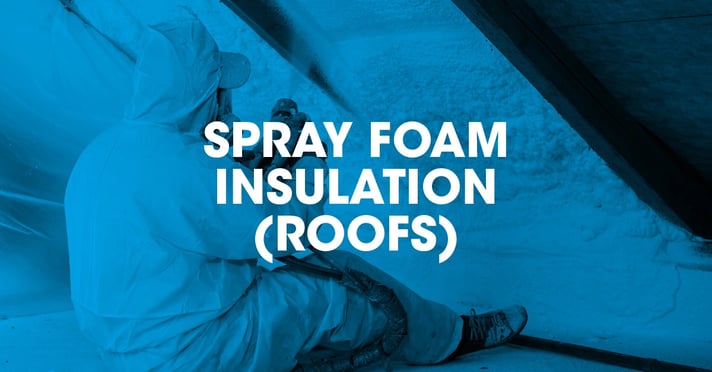Concerns
Over recent years, spray foams have become a topic of debate with their use, and building defects such as condensation issues and associated defects have been reported.
There has also been significant conjecture over the use of sprayed polyurethane (PU) foams in domestic property.
This has lead to confusion amongst surveyors and valuer’s about how to report on the condition of a roof with sprayed foam applied to the underside of the roof covering, and with some lenders refusing to offer mortgages on affected properties.
In a bid to address the issue, the Property Care Association and Residential Property Surveyors Association led a consultation on the subject in late 2021.
One of the key conclusions issued from this consultation was ‘It is unlikely that a surveyor undertaking a valuation, or a condition survey will be able to provide any advice relating to the condition or life expectancy of the roof structure where the installation of PU foam is not supported by detailed technical information.’ The required level of technical information is considerable.
It also goes on to say that ‘in most situations the professional surveyor will be unable, and ill advised, to comment on the condition of the timber roof structure…..investigations may be lengthy, and will often result in partial or full removal, and irreparable damage to, insulation or roof coverings.’
Warranty stance
Following a review of the joint statement provided by the PCA and continuing lender issues (usually upon re-sale), we have for Warranty purposes, taken the decision NOT to accept any spray foam insulations (even products which hold third party accreditation such as BBA) for application to pitched or flat roofs. If this position changes in the future, we will provide an update.

